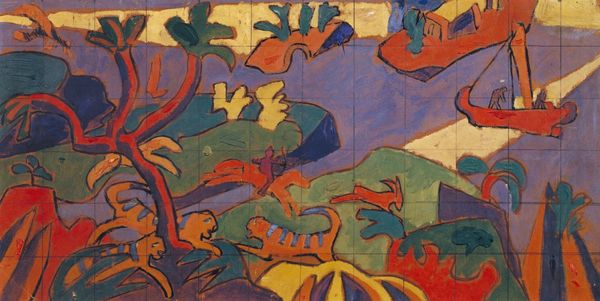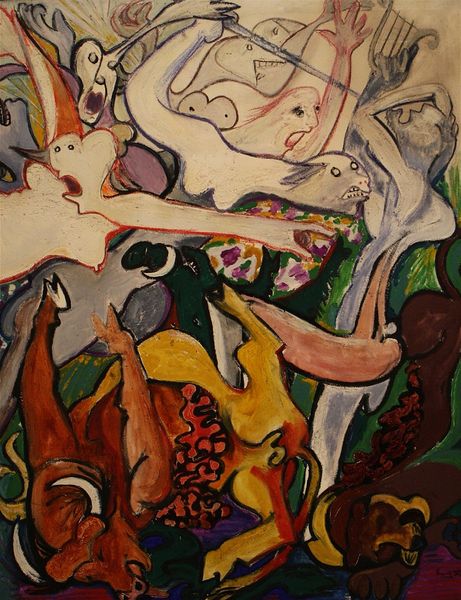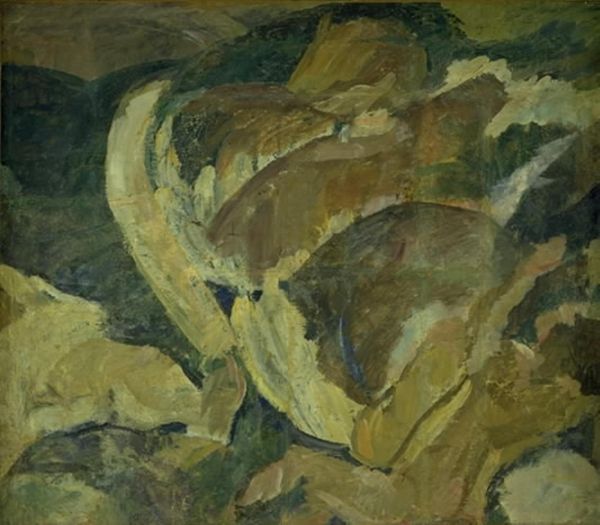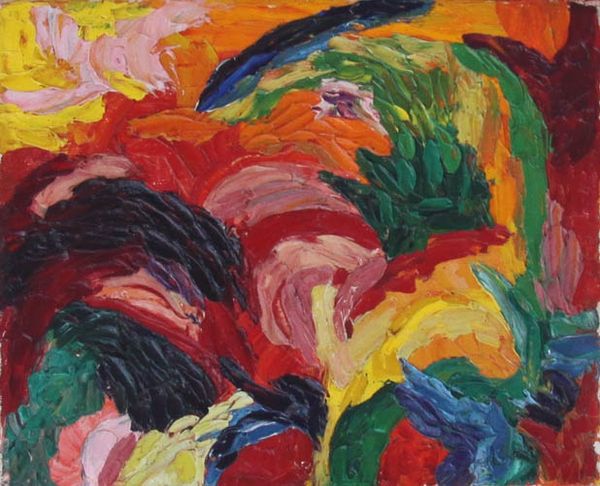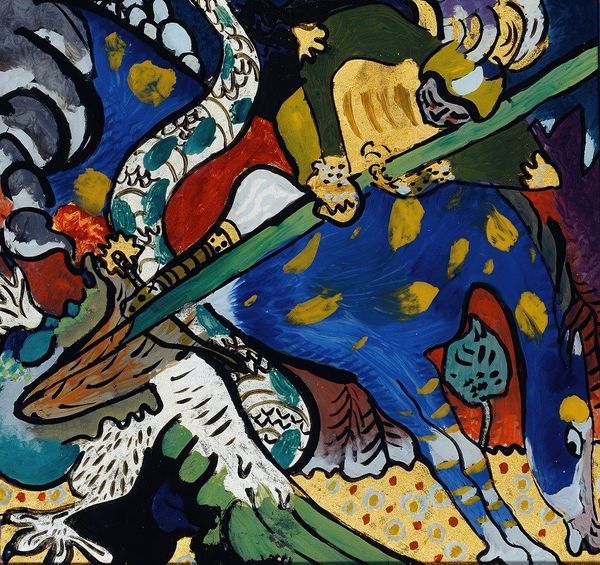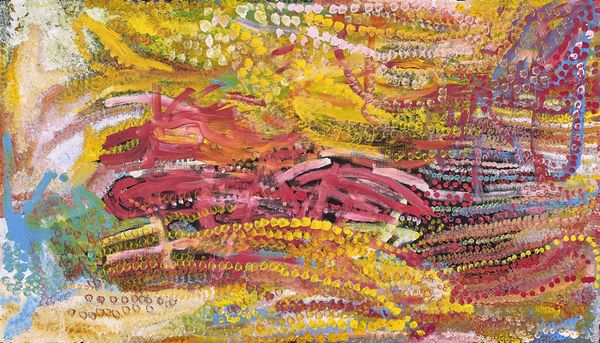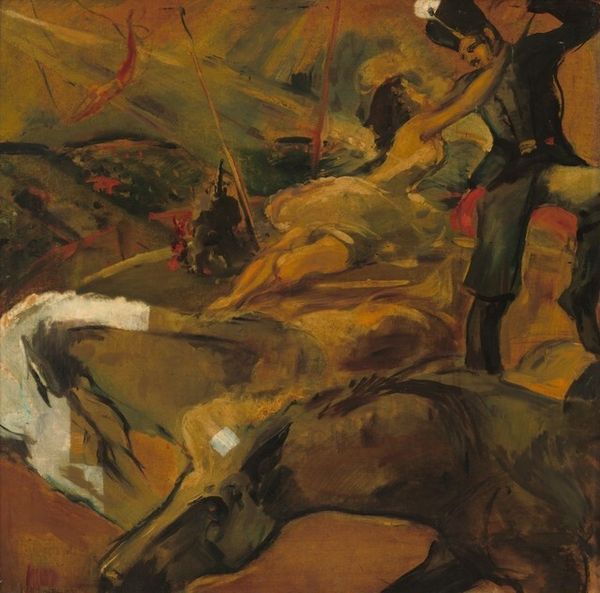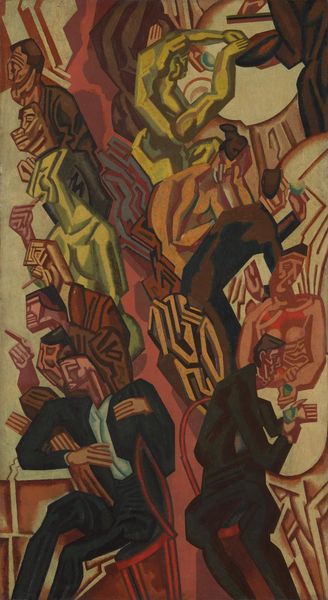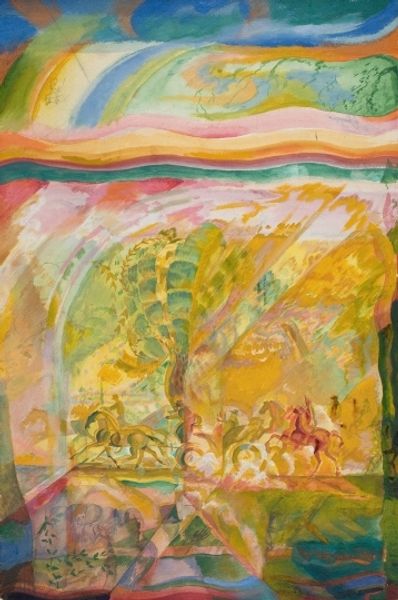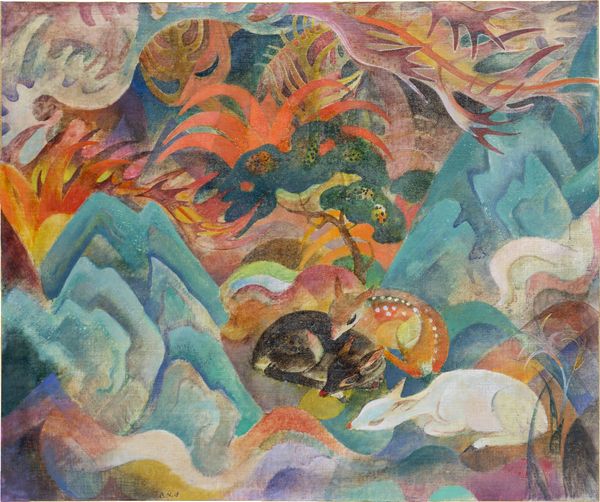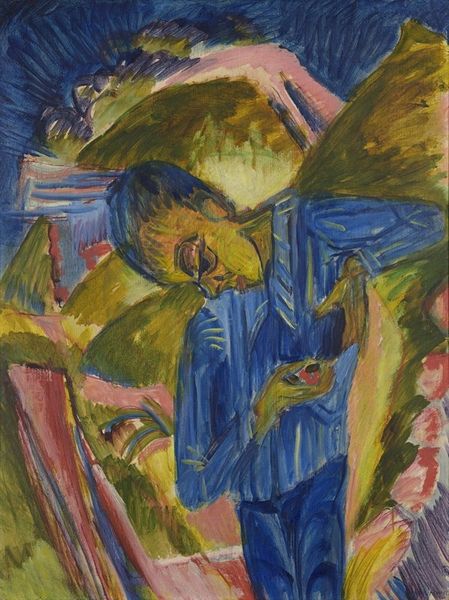
painting, oil-paint
#
fauvism
#
painting
#
oil-paint
#
landscape
#
figuration
#
oil painting
#
abstraction
#
modernism
#
expressionist
Copyright: Public domain
Editor: We are looking at “Paysage (Le Bec de l’Aigle, La Ciotat)," an oil painting created by Othon Friesz in 1907. The scene pulsates with vibrant colors. The landscape appears abstracted, almost dreamlike. What historical or social context informs our understanding of this piece? Curator: Considering this work through the lens of early 20th-century socio-political change is crucial. The rise of industrialization and urbanization led artists to question traditional artistic values and seek new forms of expression. Friesz, associated with Fauvism, embraces this sentiment fully with pure colors straight from the tube, applied expressively to depict landscapes. This reflects not merely a scene but his feelings of a scene at a precise historical and cultural moment. How do you think such intense colors play with the politics of seeing the landscape? Editor: It’s interesting to consider that this bold approach would allow new forms of expressing feelings, rather than merely representing a real location. It definitely makes the painting very modern, and unlike anything that came before it. How would Friesz's treatment of perspective influence the viewer’s relationship with the painting? Curator: By flouting traditional perspective and using color to define form, Friesz actively engages the viewer. It is a more interpretive experience, driven by emotion, rather than relying on established artistic convention and tradition. The work demands a more personal engagement. Do you see this reflected in the modern era, and is that sentiment lost or found today? Editor: I think there’s a definite push today toward creating unique and personal experiences. So that resonates a lot with the kind of interpretation Friesz seems to seek. Thinking about art and history like this, gives a fuller picture than if I only looked at the colours or brushstrokes alone. Curator: Absolutely. Appreciating the interaction between artistic intent, cultural context, and our own contemporary understanding is a fascinating journey.
Comments
No comments
Be the first to comment and join the conversation on the ultimate creative platform.
